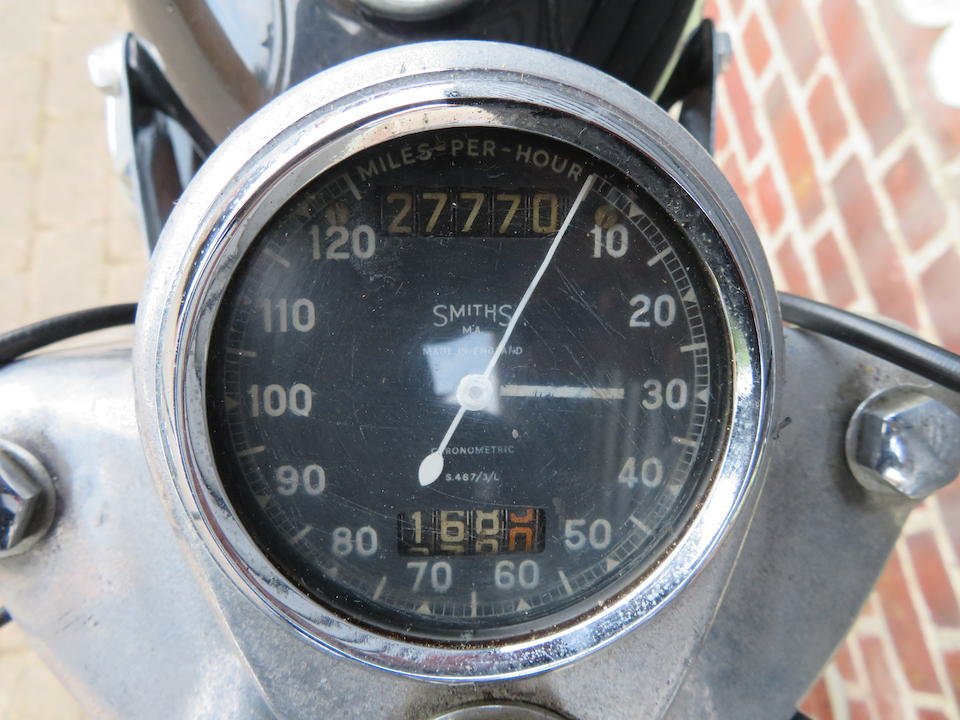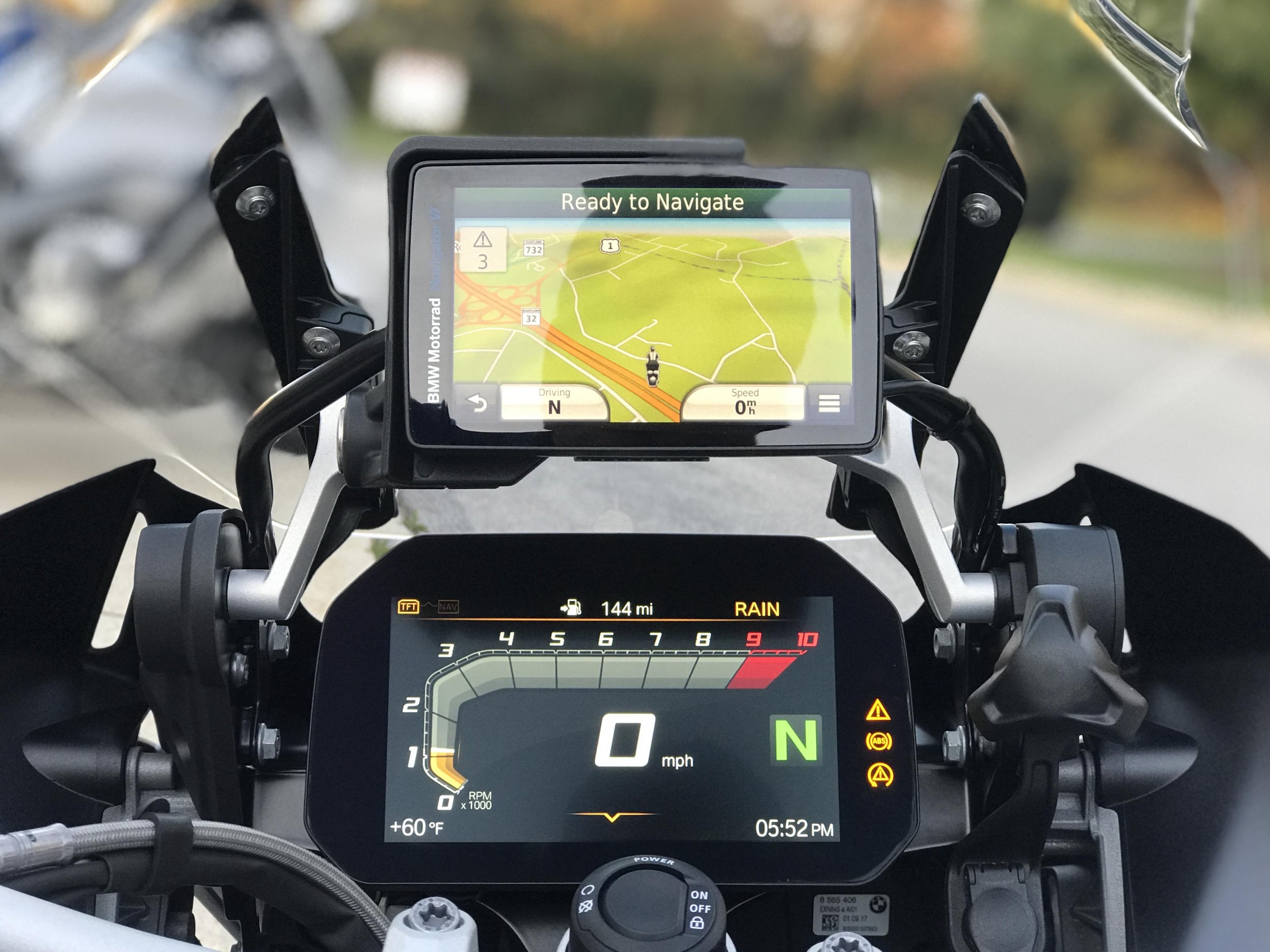Adventure Australis
If you are young enough to be attributing all the popularity of adventure riding to the relatively recent and extremely well publicised success of our own Toby Price, you are way off track.
As far as bullet points in time go, if you are middle aged and casting your mind back to the arrival of Yamaha’s XT600 Tenere in the early 80’s, that wasn’t the start either, by a long shot.
To be fair, Australia’s love affair with exploration can be taken back way past the invention of motorcycles, but since I know even less about camels than I do about motorcycles, lets start around 1906, when the first Australian made motorcycles started to appear with the likes of the “Spencer”.
There it was, adventure motorcycling Australian style, born out of sheer necessity. I’m sure those early riders thought absolutely nothing of heading into the outback following nothing but animal tracks and only assisted by the sun’s shadows. What an amazing feeling that must have been.
Which brings me to a question: Are we taking a bit of the fun out of it all with the modern aides we require to ride anywhere off the highway these days?
I often hear conversations in group rides that contain cries of “I wouldn’t leave home without my GPS” and “Oh my God, how do you ride that thing without switchable ABS”. Personally, I’m one of those boomers that will question the necessity of all the “doo-dads” but if you ever get the chance to see my dash, you will note my traction control is not quite ‘OFF’ and my ABS is definitely ‘ON’.
GPS is also something to behold nowadays, but I can’t help wondering what the early adventure riders would think. Names like Winifred Wells, Frank Wheeler, Julian Grant and Anne-Marie Lescot come to mind, with their incredible feats that date back to the 1950’s. Let me give you a small account of their adventures and equipment.
Boxing Day 1951
22 year old Winnie Wells sets off from her home in Perth on her 18hp Royal Enfield 350 Bullet, bound for Sydney.
There is no bitumen, the road is horrendous and she is alone with only 25 pound in her pocket. After successfully reaching Sydney, she spends a couple of days sightseeing and rides home to Perth.
In summary, I will repeat, 22 years old, nearly 8000 kms, roughly $50 and an 18hp 350cc motorcycle.
On 23rd September, 1952, Winnie teamed up with her Father to circumnavigate Australia in what was nothing short of horrendous conditions. In places, the pair had to ride their Royal Enfields along river beds to navigate because the roads were simply non-existent.
The Combat Wombat
In 1972, Frank Wheeler, a 6’6” American promotional rider for Hodaka, rode the 15.5hp, 90kg, single cylinder 2 stroke, 125cc Hodaka Combat Wombat (yes, you read that correctly) on a 21 day lap of Australia.
Although Frank’s feat went largely unnoticed in Australia, it was well noted in America, as Frank and Hodaka had been pulling these stunts since the mid-60’s on Hodaka’s 90 and 100cc bikes.
Again, remembering that 90% of Australia’s Route 1 was still dirt and very nasty in the 70’s.
Quick Laps
By 1973, it was game on! British rider, Julian Grant was paid to do the quickest lap of Australia possible on a standard K2 Honda 750. On mostly dirt roads, he set a record of 19 days.
Conquering the Tanami
Anne Marie Lescot became the first woman noted as crossing the Tanami desert solo in 1976.
She rode a 26.5hp Suzuki SP 370 fitted with a larger tank. Anne Marie also rode solo from Melbourne to the tip of Cape York in the 70’s.
I’m sure there’s not a sound minded individual amongst us that would have a reason to give up their T7 for a Combat Wombat. Nobody wants to exchange their TFT for an analogue Nippon Denso clock with a single red oil warning light. The Brembo brakes with ABS are just fine thank you and I know I have no intention of folding maps or finding due north with my tiny compass that I dug out of the heel of my Bata Scouts in 1974.
I wonder who really has that kind of spirit anymore though?
Who among us would head for Cameron’s Corner without a GPS these days? How many of us would be lost without their bike’s assistance in braking and deciding which needed more pressure applied - front or rear?
What kind of rider knows they are slightly down on tyre pressure due to feel?
Less than 20 years ago, we all did.






